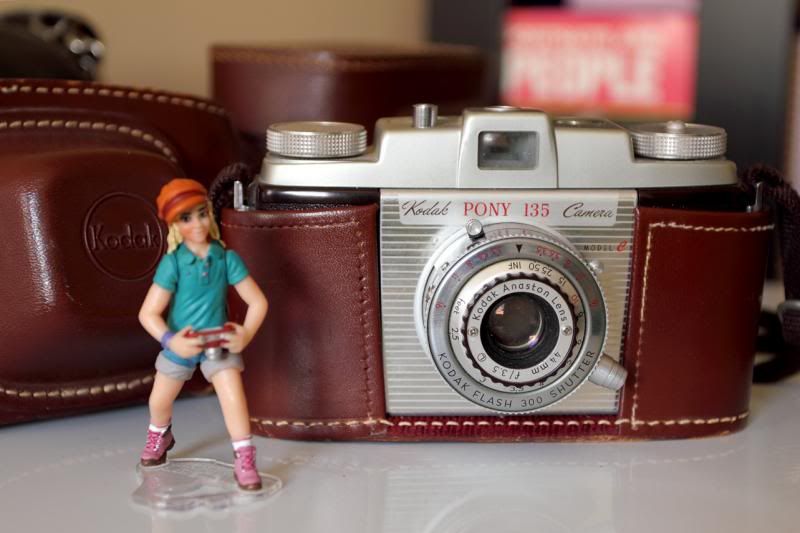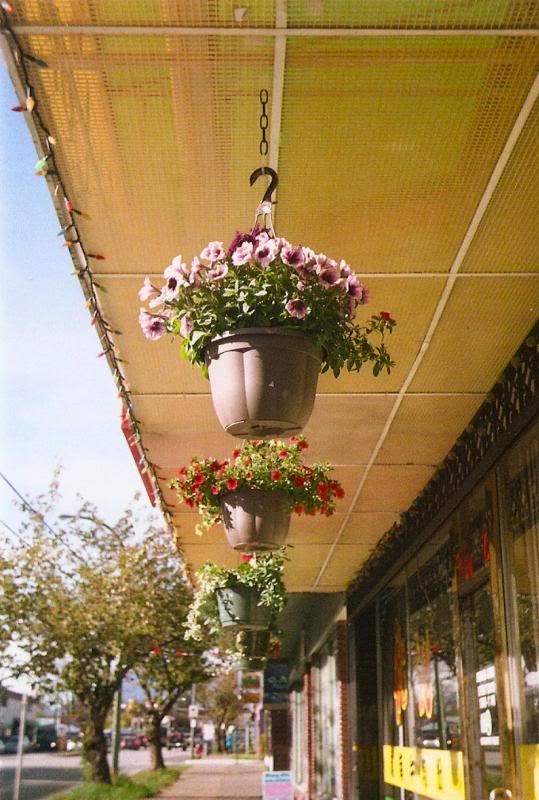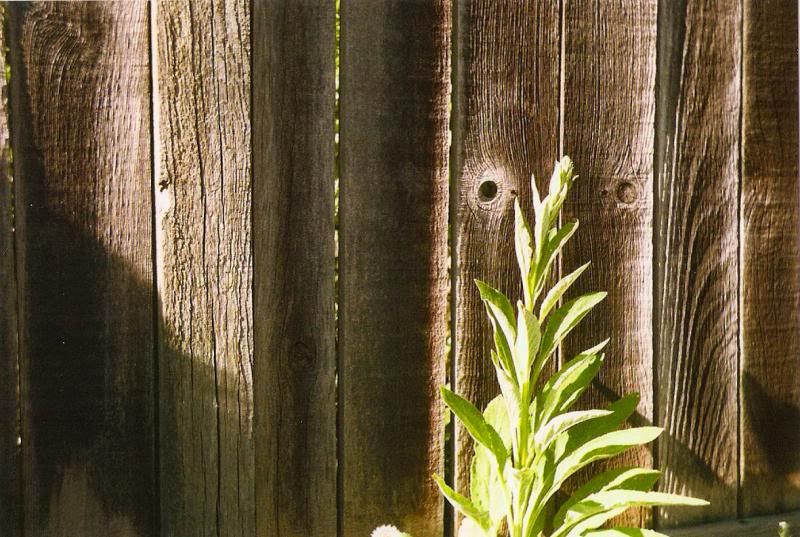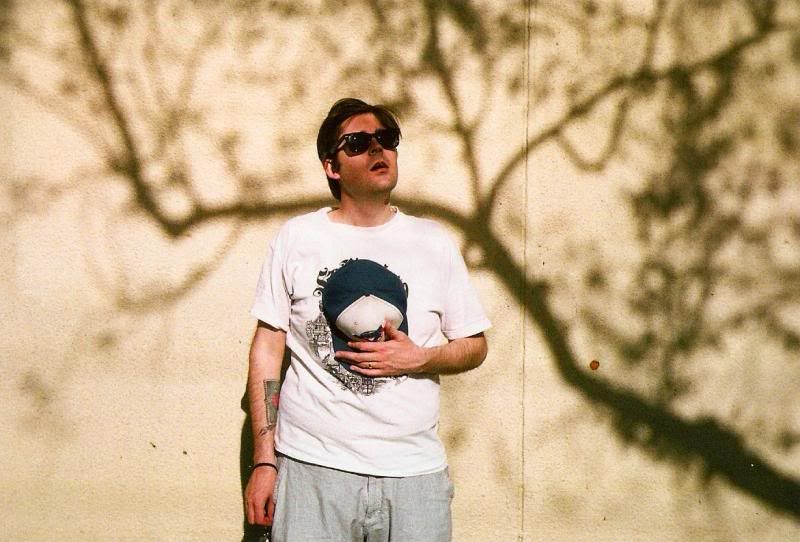Hey yall!
A lot has changed since my last update here. We have relocated to Calgary where I am still in the IATSE 669 trainee program. So far so good. We are renting a lovely house and I have my own office/photo studio. Quasi photo studio. It's small and I don't have any strobes or anything but it's more than I had before!
The camera I'm reviewing today is the Kodak Pony, which I purchased at... you know what I don't even remember. It was either at the Vancouver Camera Show & Swap Meet or at a thrift store. Sorry. I'll edit this if it comes back to me.
Anyhow, this camera originally caught my attention due to its design and appearance. You can see in the photo it's got the classic Kodak post-war look going on. This is a model C so it has a shorter lens and faster shutter speeds than its predecessors, and the lens doesn't collapse into the camera.
One attractive thing about the camera is the interface. You can manually select focus (zone focusing), shutter speed and aperture (the iris has 6 blades, which is pretty fancy for a camera like this), and each f-stop is marked with the appropriate lighting conditions for either Kodachrome or Ektachrome film. It also has a shutter cock (but has a system in place to prevent double exposure) and a flash cable jack.
Let me sum this up: it's a pretty simple and light camera, but it's set up to do some more involved things, if you're so inclined. And as I said the iris is nicer than most viewfinder cameras, as are the lens and the shutter (1/300sec is pretty fast for this time/style). I think it's safe to conclude that this was intended to be a mid-range camera for the interested consumer. I would compare it to Canon's Rebel series today: not super expensive but not cheap either, and made for consumers who want more control than a point-and-shoot would offer.
To be honest, I wasn't overly thrilled with the results I got, but it should be noted that I was exposing without a meter (I use the sunny f16 rule which is based on my brain and eyeballs and is therefore SUPER accurate) and my model is a bit beat up. The photos I got look a lot like those from other viewfinder cameras I've used. That being said, the way the shallow focus falls off is really nice, and the lens is actually quite sharp. I was using cheapish colour film, too, so it might've performed better with some nice colour reversal or B&W film.
Have a look for yourself!
till next time





No comments:
Post a Comment